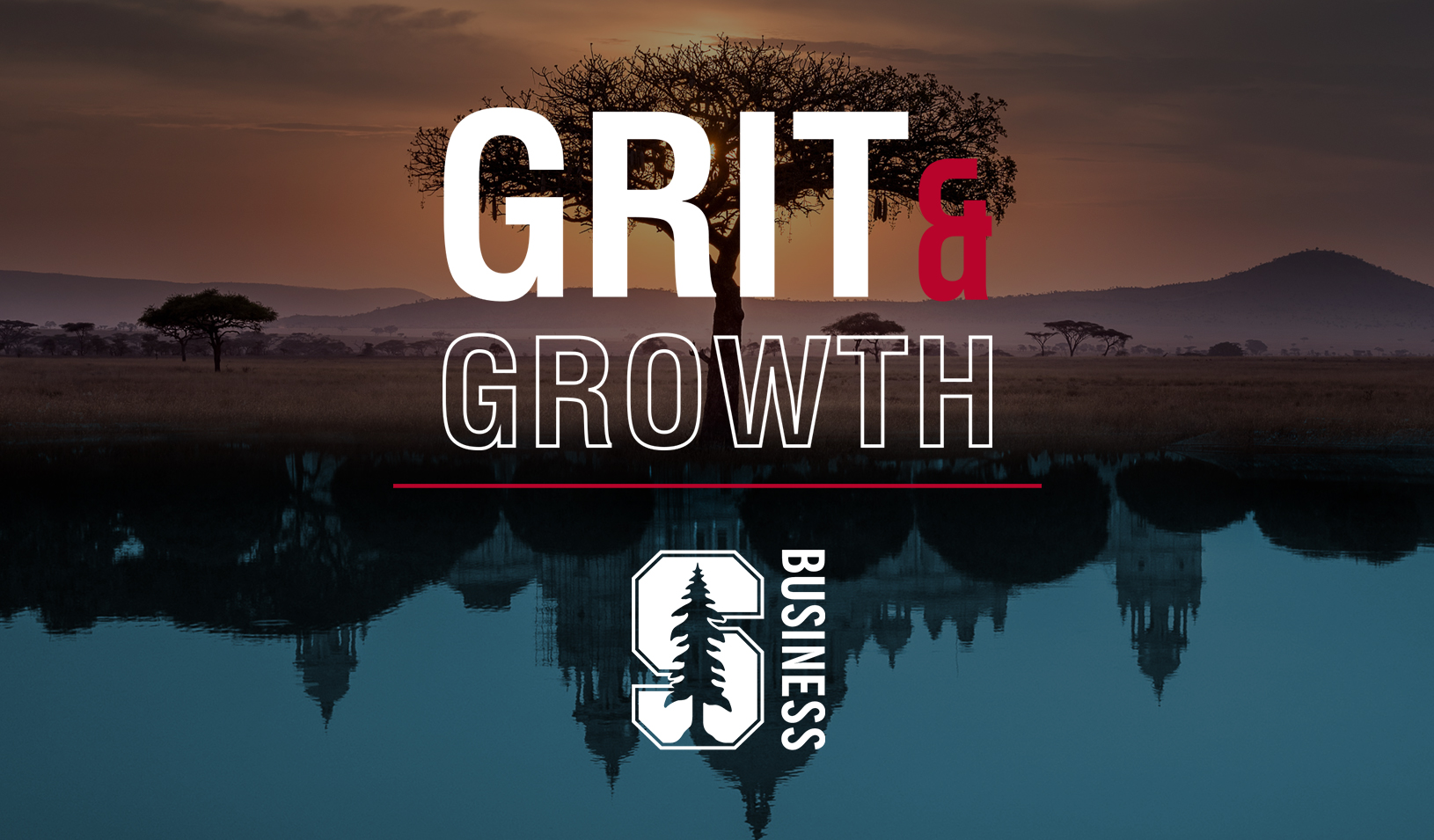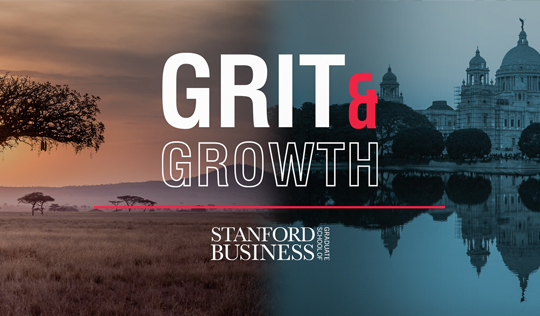
Illustration by Stefani Billings
One of the hardest challenges social enterprises face is how to scale up, and quickly. Without the same access to capital as their for-profit brethren, social enterprises need to find other mechanisms to grow.
In my work launching a new program at Stanford Graduate School of Business designed to help LGBT executives, I’ve learned more about StartOut, which is a rare example of a social enterprise scaling up fast.
Conceived of eight years ago, with Stanford GSB alums among its founders, it has more than 15,000 LGBT entrepreneurs who attend networking events in six cities. The group’s mission is to accelerate LGBT entrepreneurs’ successes.
The StartOut team expects that its membership will double next year and triple over that number in 2018. “We think 100,000 is the sweet spot in terms of membership,” says Andres Wydler, executive director.
Researchers and thinkers in the field of social entrepreneurship recognize that clarity of vision lays the foundation for a lean social enterprise to grow. Gregory Dees and Beth Battle Anderson wrote about this when they were part of the Center for the Advancement of Social Entrepreneurship at Duke University’s Fuqua School of Business.
Dees and Battle Anderson also suggest that social enterprises can scale up through one of three methods:
- Dissemination: actively providing information and assistance to communities
- Affiliation: formal relationships that make partners part of an identifiable network but still allow flexibility within the network
- Branching: creating local sites through one network, more of a command-and-control model
For StartOut, affiliation is the key — the group has been able to grow geographically because it activates the community of LGBT entrepreneurs in cities where it goes. It has no strict hierarchical governance, instead empowering volunteers to design their own events and chapter services.
Sense of Mission
I think the affiliate strategy works for StartOut in part because the leaders connect the organization to a bigger mission: ending discrimination for LGBT people. That sense of calling helps give a social enterprise a sense of unity, even if it doesn’t have a strict chapter structure.
In StartOut’s case, encouraging entrepreneurship is one way of ending economic discrimination. LGBT people are stereotyped as wealthy, but in reality the opposite is the case. Some 21% of LGBT people have an income of less than $12,000 per year, versus 4% in the general population, according to the Williams Institute. You can also be fired in most states for being LGBT, and many LGBT entrepreneurs encounter unequal access to key resources, as well as overt discrimination.
StartOut’s rapid expansion and its focus on data mean that as it surveys members, it can add to the public trove of information about LGBT people.
Wydler says StartOut eventually hopes to be able to show the impact that diversity would have — that is, what would it mean if LGBT people were fully included in the economy? How much would be added to the nation’s GDP?
How the Organization Came About
Stanford GSB alum Joe DiPasquale began StartOut after he realized that tapping into the LGBT network would help him raise money for Regroup, a startup he founded that provides mass messaging and emergency notifications for cities, schools and large organizations.
Eventually, he teamed up with several other fellow entrepreneurs to start the organization.
The Affiliate Effect
The decentralized approach to events means there is no one-size-fits-all approach. A networking session in Silicon Valley might include a heavy emphasis on venture capital, while one in Chicago might be focused on crowdfunding.
Each chapter forms around a cadre of volunteer leaders who ascribe to the core mission and the quantitative approach to running the chapter. Yet “each area is very different in industry and constitution,” says Wydler. “Leaders are empowered to do things totally differently — as long as they adhere to the same quality standards set out for everyone throughout the organization.”
Risks and Costs of an Affiliate Strategy
Dees and Battle Anderson suggest that if you are considering an affiliate strategy to scale, you should weigh the risks that come with a looser structure. The affiliate strategy might not work, for example, for a social enterprise focused on delivering health care.
The costs of expanding based on an affiliate model are also fairly low. It costs approximately $10,000 to $20,000 to open a new StartOut chapter, with administrative support from the national organization.
As StartOut launches its new, major scale-up effort, it is laying the groundwork with a major investment in technology to help entrepreneurs find matches with other entrepreneurs, mentors, and professionals they’d benefit from talking to. “Think Tinder for entrepreneurs,” Wydler says.
An affiliate strategy can create a powerful brand — StartOut is now known as a leading advocacy organization for LGBT entrepreneurs — and an organization that in many ways looks like a business.
But the affiliate strategy also helps keep the power diffuse, which in turn may help StartOut avoid one of the pitfalls that social enterprises and nonprofits encounter: the sense that its purpose is to perpetuate itself.
“If we are no longer needed in 10 years, we think that’d be terrific,” Wydler says. “Unfortunately, though, that’s very unlikely.”
For media inquiries, visit the Newsroom.





